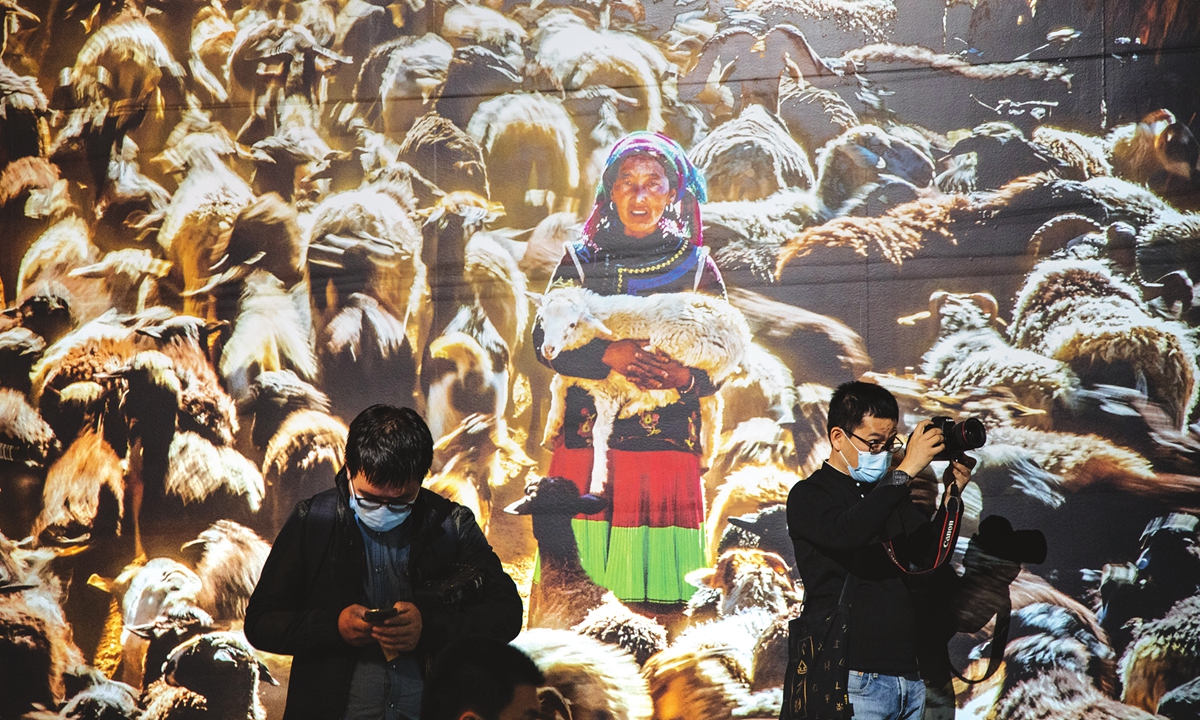By Wang Wen (Global Times, 28 June 2021) – Foreigners are used to observing China with current events. In this column, I would like to explain the twists and turns in the development of China’s modernization from the perspective of its “long history,” by using British historian Eric Hobsbawm’s most famous tetralogy: The Age of Revolution: 1789 – 1848, The Age of Capital: 1848 – 1875, The Age of Empire: 1875 – 1914 and The Age of Extreme: 1914 – 1991 as a reference.
I would like to begin with the age of arrogance in China (1793-1840). In 1793, the British Empire sent a diplomatic mission led by George Macartney to China, which kick started the collision of the two empires. At that time, the Qing government knew nothing about the technological revolution or Western culture. It was mired in the hubris of the prosperous periods of Kangxi and Qianlong during the Qing Dynasty. The dispute over whether Macartney should kneel to the Emperor Qianlong became a clash of civilizations at that time. Soon, the arrogant Qing government suffered the defeat in the two Opium Wars.
What comes next was the age of frustration (1840-1912). The failure of the two Opium Wars was just the beginning. The elites of the late Qing Dynasty carried out the Self-Strengthening Movement, also known as the Westernization Movement. They vowed to learn from the advanced technologies in the West in order to make the country stronger and to pursue development. But the Sino-Japanese War of 1894-95 ended up with the annihilation of the Beiyang Fleet, one of the modernized Chinese navies in the late Qing dynasty, which marked the bankruptcy of the Westernization Movement. Then, the Hundred Days of Reform, which aimed at saving the country by establishing a constitution , failed again. Then the Eight-Power Allied Forces invaded China. The country fell into an unprecedented disaster, completely descending into a semi-colonial and semi-feudal society. Eventually, the Qing government collapsed.
Third, the age of struggling (1912-49). After 1912, the Republic of China was called the first democratic republic in Asia, and it has the characteristics of a modern nation-state. It has also partially demonstrated de jure independence and de facto independence in the international community, and has experienced a golden decade in economic development. But at that time, China was still in a state of long-term disintegration. It lacked an authority, went through frequent wars and was mired in internal and external challenges. The whole political system, economic construction and the development of society and culture were all in a painful struggle. Worse, China was almost subjugated during the Japanese invasion.
Fourth, the age of rise (1949-now). Chinese people have risen to their feet after the founding of the People’s Republic of China, marking the start of a long and tortuous road of China’s rise. This includes the War to Resist US Aggression and Aid Korea, the socialist transformation of agriculture, handicrafts and capitalist industry and commerce, defusing the Soviet Union’s nuclear deterrence, independently developing nuclear submarine and “Two Bombs, One Satellite” – the atomic bomb (and later the hydrogen bomb), the intercontinental ballistic missile and the artificial satellite, building a relatively complete industrial system and necessary infrastructure, and restoring the status of permanent member of the UN Security Council. The reform and opening-up following the Cultural Revolution has accelerated China’s rise. In recent years, in many major indicators measured by total amount, such as economy, trade, foreign exchange, industry and foreign investment, China has risen to the forefront position worldwide.
For all the Chinese people, China’s transition from weakness to prosperity has not been completed yet. The rise of China is like entering a zone of thin air – the area 8,000 meters above sea level on Mount Qomolangma. There is still a long way to go and many difficulties lie ahead for China to achieve stable development. This is an important reason why Chinese President Xi Jinping has repeatedly asked the Chinese people to work hard and be modest and prudent.
In terms of development methods, traditional drivers of growth are being replaced by new growth drivers. The wide application of smart technology and the development of digital economy have brought inestimable inclusive growth to China, but technology is a “double-edged sword,” whose impact on development is uncertain.
When it comes to people’s lives, the life trajectory of the Chinese people is undergoing a qualitative change. But I am afraid it will still take a long way to go for ordinary Chinese people’s lives (especially their spiritual outlook, moral level, education and public perception) to reach the level of developed countries. It will take awhile to eventually realize the all-round development of people.
With regard to China’s regional development, it is showing a good tendency of transforming from being unbalanced to balanced, from being incompatible to coordinated. However, the traditional urban-rural gap, regional gap and income gap must be fully bridged. Poverty elimination work shouldn’t go backwards. We should guard against risks and ensure there is no retrogression in environment protection.
Moreover, China is upgrading its governance system and methods. It needs to make long-term efforts to seek improvements in fields that include Party-building, anti-corruption and military reforms.
Knowing all these matters clearly, one will better understand China’s changes and today’s complex situation. He or she will also better see China’s future.
The author is a professor and executive dean of Chongyang Institute for Financial Studies at Renmin University of China. [email protected]


